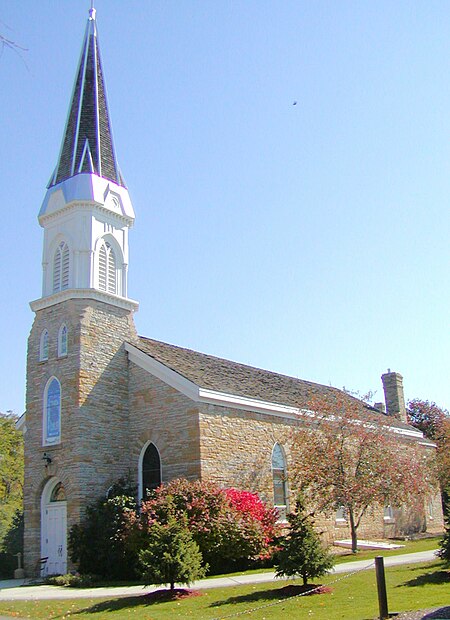Saint Peter's Church (Mendota, Minnesota)
1840 establishments in Iowa Territory19th-century Roman Catholic church buildings in the United StatesChurches in Dakota County, MinnesotaChurches in the Roman Catholic Archdiocese of Saint Paul and MinneapolisMendota, Minnesota ... and 2 more
Religious organizations established in 1840Roman Catholic Ecclesiastical Province of Saint Paul and Minneapolis

St. Peter's Catholic Church, in Mendota Heights, is the oldest church in the state of Minnesota. It was founded in 1840.
Excerpt from the Wikipedia article Saint Peter's Church (Mendota, Minnesota) (License: CC BY-SA 3.0, Authors, Images).Saint Peter's Church (Mendota, Minnesota)
Sibley Memorial Highway,
Geographical coordinates (GPS) Address External links Nearby Places Show on map
Geographical coordinates (GPS)
| Latitude | Longitude |
|---|---|
| N 44.885833333333 ° | E -93.168611111111 ° |
Address
Church of St. Peter
Sibley Memorial Highway
55150
Minnesota, United States
Open on Google Maps









